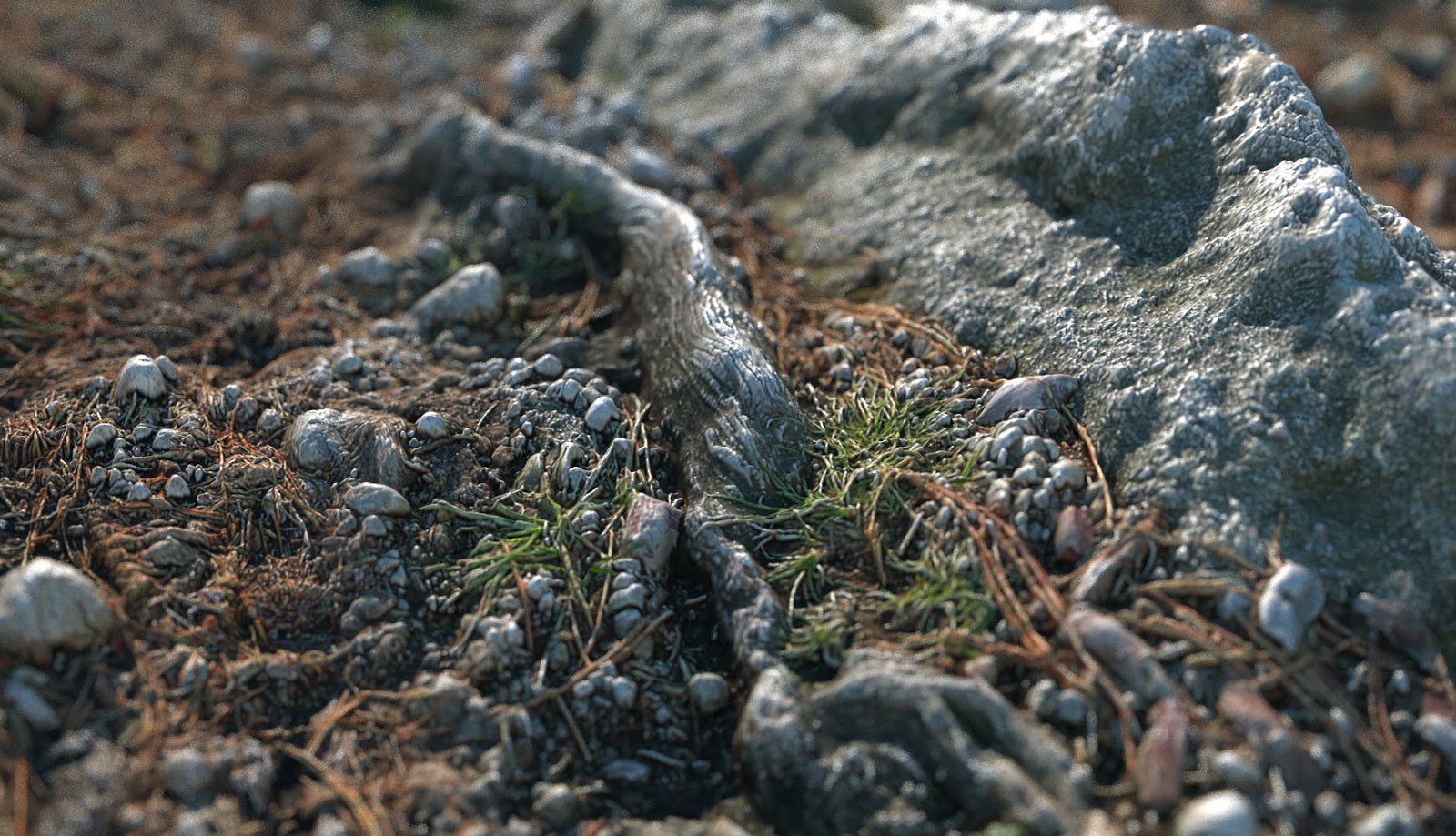

- #Use maxwell render materials in unreal engine 4 full
- #Use maxwell render materials in unreal engine 4 code
This material data is also used later by various other passes, most notably by screen-space techniques: dynamic reflections and ambient occlusion.īut that’s just a part of this pass’ responsibilities. Then it leaves the lighting calculation for another pass.

– into the G-Buffer (a set of full-screen textures). In the default, deferred rendering mode, it saves the properties – base color, roughness, world-space normal etc. the output of node networks made in the Material Editor. The base pass renders material properties, i.e. That’s why the amount of information dedicated to each category varies greatly. Many of them react to changes in the scene, while others – most notably post processes – stay dependent on the resolution only. Some passes are much more important or customizable than others. Sources are provided in the footnotes, so you can fact-check it yourself.Įvery pass’ description is laid out in the following format:
#Use maxwell render materials in unreal engine 4 code
Much of this information was gathered by reading the engine’s source code and from practical tests.

This allows you to precisely locate issues in a scene, like too many shadowed lights or too many translucent materials. Both of them show you the cost of each rendering pass. Treat it more as a handbook, which you use to understand the output of the “Stat GPU” command or with GPU Visualizer. The major part of this chapter is a guide to every significant rendering pass in Unreal. By understanding what this pass requires, we know where to look for optimization opportunities – in AO’s settings and resolution adjustments, not in the scene’s content. It uses the hierarhical Z-buffer and some content from the G-Buffer, for example normals. For example, Unreal’s ambient occlusion is a post process operation. On the other hand, it means that the changes in the amount of 3D meshes mean nothing to post process passes. An increase in game’s rendering resolution will directly affect their cost. If some passes take in just the G-Buffer, but not any 3D meshes - like post process effects do - then obviously they will be only pixel-bound. Then it writes the final information into a resolution-dependent G-Buffer (so it’s memory bandwith again).
#Use maxwell render materials in unreal engine 4 full
It takes visible 3D models (geometry) and renders them with full materials (pixel count), including textures (memory). The base pass is an example of a pass affected by all three factors. There’s also a dependency on memory amount and bandwith. The total polygon count of meshes it works on decides if the pass is geometry-bound. To intuitively understand what can affect the cost of a pass, it’s useful to look at its inputs and its output.Ī huge complexity of fragment (pixel) shaders used by a pass, combined with a big number of pixels to process, makes the cost of the pass pixel-bound. If you want to dive deep into the inner workings of Unreal’s pipeline, I recommend reading “How Unreal Renders a Frame” by Kostas Anagnostou. Most other passes perform their tasks without them, using their own specialized shaders instead. Actually, only the base pass and translucency use the full materials we set up in the editor. Depth calculation or shadow projection don’t look like your familiar textures too. That’s because the color represents data, like a pixel normal direction. The output of most passes looks a bit strange when you extract it. This can mean 3D models in your scene or even just a single full-screen quad, as is the case with post processing. Bottom left: Base color (aka albedo) in G-Buffer. Top right: World-space normals in G-Buffer. Figure: Top left: Final look of the scene, after lighting and post processes. This organization is done for convenience and to ensure proper order of execution – as some passes may need the output of a particular previous pass. They are grouped together by the function they have in the pipeline, like rendering transparent meshes or doing post processing. A pass is a set of draw calls executed on the GPU. Let’s begin with explaining what do we call a pass in the rendering pipeline. It’s also regularly updated, while videos stay unchanged since their upload. Note: Every chapter of this book is extended compared with the original video. Still, please verify the information by reading this chapter, as it contains some important errata. If you prefer a video version of this lesson, you can watch it on YouTube.


 0 kommentar(er)
0 kommentar(er)
